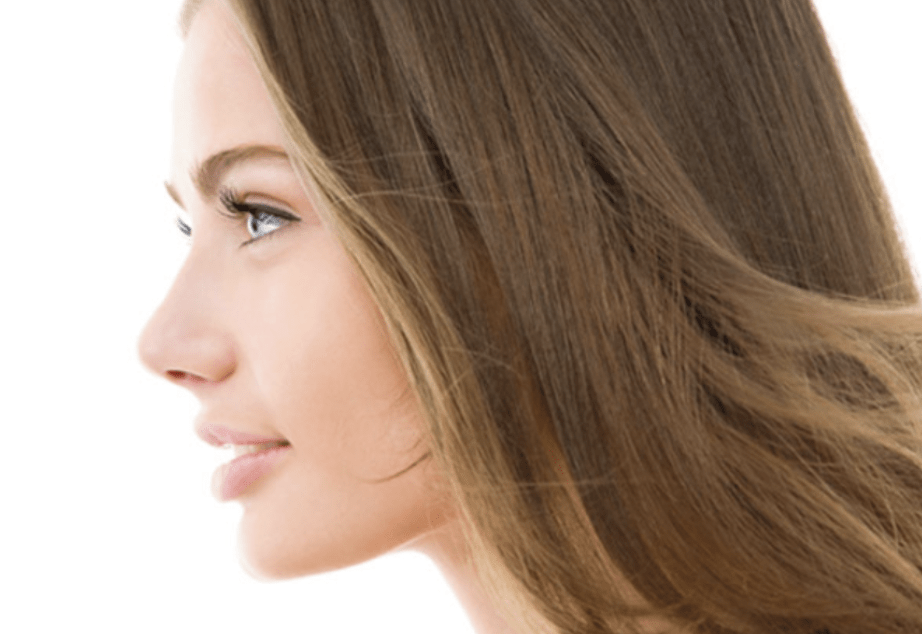How is Rhinoplasty Different from Septoplasty?
Rhinoplasty is a surgery to change the shape of the nose. Because both breathing and the nose’s shape are interrelated, a rhinoplasty may sometimes be performed not only to change the way the nose looks but also to improve breathing through the nose. Septoplasty is a surgery to improve breathing by straightening the wall inside the nose that divides the nasal passages into a right and a left side (nasal septum). When the septum is crooked, it can make it harder to breathe through the nose. A septoplasty is often combined with a rhinoplasty. Sometimes the inferior turbinates which are projections of the side walls also are treated at the same time which is called turbinoplasty.
Is Rhinoplasty a Simple Operation?
No. Rhinoplasty Dubai is a challenging operation. This is due to several factors. First, the nose is a complicated 3D shape that is in the middle of the face. Changes made during rhinoplasty are often very small. But these changes can make a major difference in the way the nose looks and functions. Because these changes are small, so is the margin for error. Swelling and the placement of local anesthetic in the skin distort the nose during surgery, hiding many of the subtle changes made. Rhinoplasty also doesn’t have a standard plan or set order of steps. Dr. Sajjadi tailors each operation to the needs of the patient.
Will I Need to Stay in the Hospital?
Nearly everyone who has rhinoplasty is able to safely leave the hospital the same day or the day after surgery.
How Long is the Recovery Period?
Plan to take a week to 10 days off from work, school or other obligations. You will feel progressively better each day during the first week. One week after surgery, people usually feel like they are themselves again. After surgery, there will be some swelling of the nose. The swelling can take many months to resolve, although most people stop noticing it after a couple of months. People are usually back to performing most activities after a week and resuming all activities after two to four weeks.
Are There Risks?
All surgeries have risks. Fortunately, rhinoplasty risks are small and complications are rare. Dr. Sajjadi will talk to you about the surgery’s risks and benefits in detail before the operation.
Is Rhinoplasty Painful?
No. One day after surgery, most people rate their pain between 0 and 4 out of 10.
Will you Pack My Nose?
Typically no. Packing can be very uncomfortable. Rarely silicone soft splints may be secured in your nose at the end of the operation. These splints have a hole in them to make it possible to breathe through them and if they are used Dr. Sajjadi will easily remove these splints at the one- week visit.
How Long will I be Bruised?
Bruising is uncommon especially with the new refined techniques of cutting and shaping bones with Piezo ultra-surgery. If you do have some minor bruising, it usually lasts a week or so.
What Should I Look For in a Surgeon?
Plastic surgeons, facial plastic surgeons or otolaryngologists (ENT) perform most rhinoplasties. Training and board certification in one of these specialties is a good starting point. You’ll likely want a surgeon who often performs rhinoplasty. You’ll likely want a surgeon with a good reputation among patients and other doctors. If your surgeon has published many papers in medical literature related to rhinoplasty and is invited to speak at educational conferences, that is usually one sign that their peers recognize expertise in rhinoplasty. Make sure that your surgery will be performed in an accredited surgical facility or hospital. You likely should also feel comfortable with your surgeon. Look for a surgeon who can explain to you in understandable terms what is going to happen during your surgery.
Dr. Sajjadi is a fellow of The European Board of Plastic, Reconstructive and Aesthetic Surgery(EBOPRAS) and a Member of the Royal College of Surgeons in Ireland (MRCS). He is a double board certified plastic and general surgeon and recently celebrated 20 year of being at the service of the society as a doctor. He is a pioneer in using Piezo ultra-surgery rhinoplasty in UAE.
Septal graft set: Ballenger’s knife, blunt elevator, sharp elevator, 11-blade knife, nasal speculum. Hump reduction instruments: Aufricht’s retractor, mallet, twelve mm osteotome, dorsum scissors, Howarth’s elevator, coarse and smooth rasps. Coarse rasps are used on a larger hump or for initial hump removal on smaller humps. A more delicate rasp is used for providing the finishing touches and for rasping smaller bony irregularities. Osteotomy Set: Mallet, right curve missing’s single guarded osteotome, left curve missing’s single guarded osteotome, two mm Cottle’s osteotome. The Curved Masing’s the two mm guarded osteotomes are use in medial osteotomies. Rhinoplasty Dubai The two mm Cottle’s osteotome is used in transfers, lateral and or intermediate osteotomies. Tip Plasty Instrument: Blunt double hook, sharp ended double hook, blunt scissors, sharp scissors, 11 – blade holder, single retractors. Bone Nippler: This is used for trimming of the overdeveloped nasal spine. Also used for creating a gap in the bony dorsum midline for correction of broad bony dorsum. Cartulage Crusher: This is used to soften the tip and dorsum grafts in order to avoid demarcation and sharp edges. Instruments for the reduction of the fractured nose. Ash’s forceps maybe used to straighten the septum Walsham’s forceps which is used for elevating the nasal bones.

